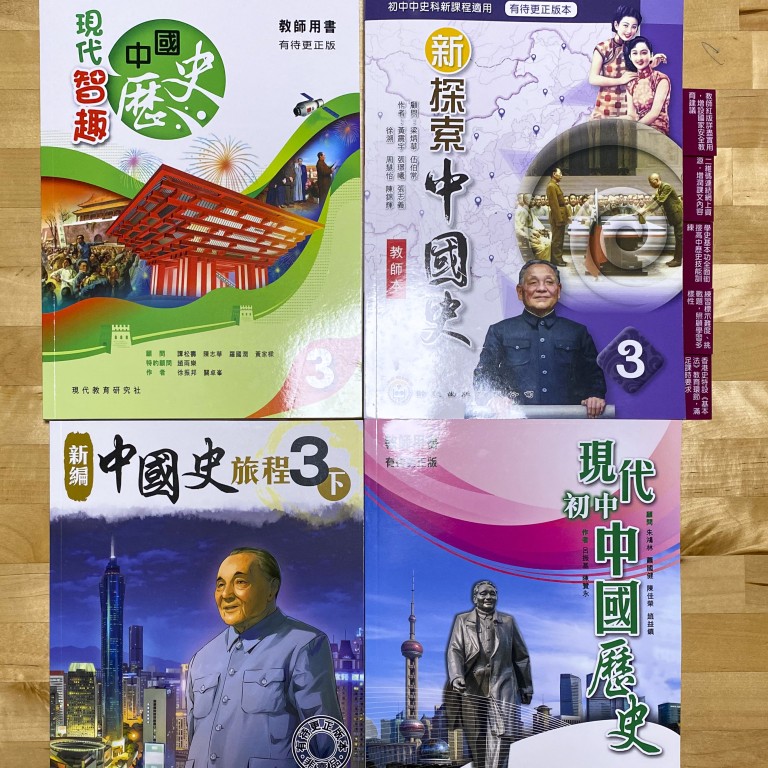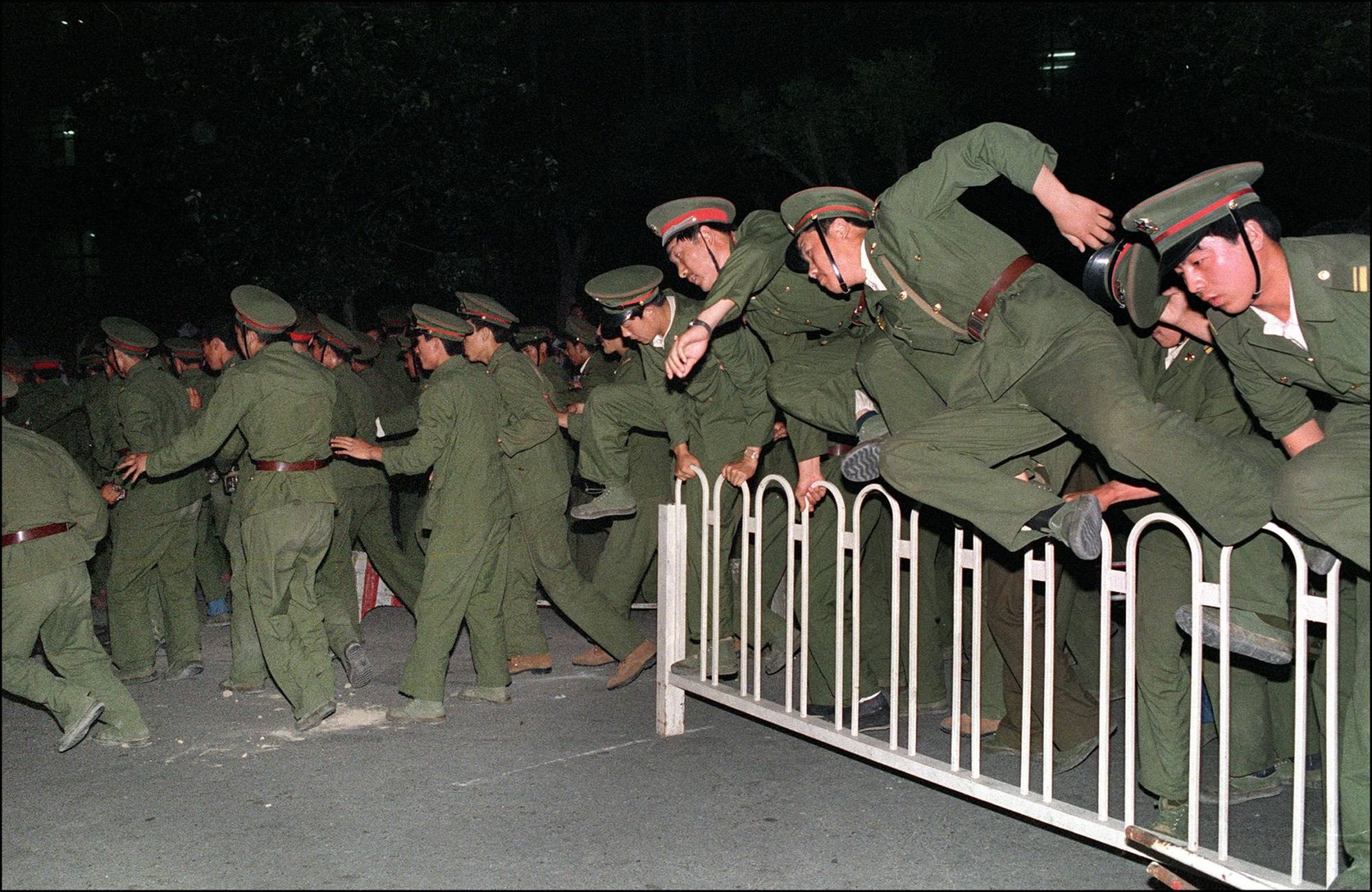
New history textbooks for Hong Kong students ‘compress details of Tiananmen Square crackdown, with no mention of commemorative vigil’
- New textbooks are still being vetted by education authorities, as part of review aimed at enhancing pupils’ understanding of Chinese history
- Crackdown now listed under a section titled ‘Difficulties encountered during the reform’, with some textbooks providing only a few photos or brief mention of death toll
New Chinese history textbooks designed for a revised syllabus for junior secondary students in Hong Kong only briefly discuss the Tiananmen Square crackdown in 1989, with no mention of a commemorative vigil held in the city, the Post has learned.
Educators said some of the textbooks had compressed details of the event into a page or paragraph, as the revised syllabus was broader, while others were of the view that publishers should avoid taking a stance on the crackdown given much of the related information remained undisclosed.
The Post has obtained several newly published Chinese history textbooks which are still being vetted by the education authorities before they can be used by Form Three students in September.

The Education Bureau decided to review the subject’s syllabus in 2013 after it had been in use for two decades.
The review was aimed at enhancing pupils’ understanding of Chinese history and the nation’s development, and strengthening their sense of belonging to the country. But the guideline is a framework and does not mention which events should be put in the textbooks.
All publishers of the textbooks seen by the Post put the crackdown under a section titled “Difficulties encountered during the reform” in the chapter “Policies of the Chinese Economic Reform”.
One textbook, published by Aristo Educational Press Ltd, depicted the crackdown in only one paragraph without any photos or mention of the death toll.
“In April 1989, former Communist Party General Secretary Hu Yaobang died. Students and residents in Beijing held memorial activities, which were later turned into a campaign to fight corruption and call for democratic reform. On June 4, the People’s Liberation Army dispersed the crowd at Tiananmen Square by force. This incident was called the ‘June 4 incident’. Some countries suspended economic exchanges with China, and the reform and opening up of the country also stagnated,” it read.
Hong Kong police warn against ‘unlawful assemblies’ on June 4
Another two textbooks, by Ling Kee Publishing, spent a page illustrating how the crackdown took place.
One of the textbooks attached three photos: one of the protest, one of student leaders at the square, and another of students paying tribute to Hu at the venue. In a footnote on casualties, it quoted an official document as saying that some 3,000 non-military personnel were wounded while about 200 died, including 36 university students.
The other textbook only featured one photo of a rally at the square. On the death toll, it said: “The government announced that 3,000 non-military personnel were wounded, some 200 died. It is believed that the death toll was no less than 2,000 and the number of injured is unknown.”
Two textbooks from the Modern Educational Research Society showed a picture of soldiers entering Tiananmen Square to enforce martial law and dispersing the crowd on June 4, 1989. Both books quoted American scholar Ezra Vogel’s estimation of the death toll in his book titled Deng Xiaoping and the Transformation of China.
The death toll, including students and residents, ranged between 300 and 2,600 and a few thousand were wounded, it said, but added the figures were not confirmed.
The Post has approached the three publishers for comment.
Hong Kong’s liberal studies to be renamed ‘citizenship and social development’
Chan Chi-wa, a vice-principal of a secondary school and veteran educator who has been teaching the subject for more than 30 years, noted some of the new textbooks had compressed the content on the crackdown as the new syllabus was broader, compared with the old edition.
He also noted that all the textbooks did not touch on how Hongkongers were concerned about the crackdown and held an annual commemorative vigil in the city before it was banned nearly three years ago.
“The new syllabus emphasises the relationship between China and Hong Kong, so it would be better for them to mention Hongkongers have been concerned about the crackdown over the years,” he said, adding that publishers would edit the content after receiving the bureau’s comments.
Tang Fei, a pro-establishment lawmaker and principal of a secondary school, said the textbooks should not have a clear-cut stance on the crackdown, adding that he respected how the bureau vetted the textbooks.
There was still much undisclosed information surrounding the crackdown, which might lead to different interpretations, he said.
A bureau spokesman said the publishers were responsible for selecting appropriate material to compile textbooks based on the relevant guidelines.
Asked if the books could include content on June 4 or whether classes could teach about the crackdown, he said teachers must conform to curriculum objectives while introducing historical events, and emphasised that Chinese history was not a social and political subject.
The spokesman said most teachers and publishers had been working professionally in accordance with relevant laws, and there was no need to be overanxious that talking about June 4 in classes would violate the national security law.

